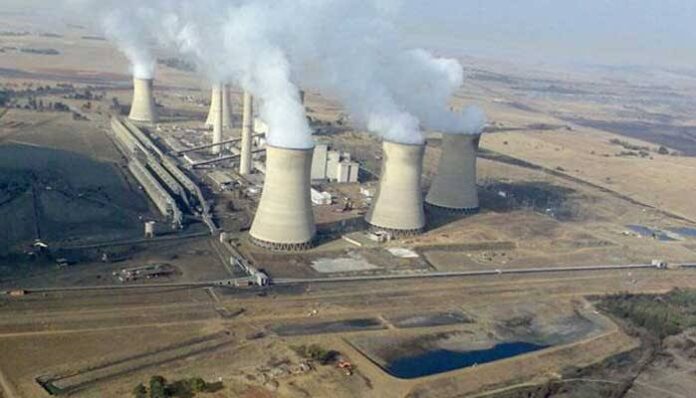The Private Power and Infrastructure Board (PPIB), a one-window facility of the federal government, announced the successful $2 billion financial closing for Pakistan’s largest Thar coal-fired power project.
The project, operational in Thar, was developed by Shanghai Electric Corporation, China, and has a generation capacity of 1,320MW. This milestone was achieved under the China-Pakistan Economic Corridor (CPEC).
The financial close agreement was signed by PPIB Managing Director Shah Jahan Mirza, Chief Executive of the project company Meng Donghai, and Chief Executive Officer of Industrial and Commercial Bank of China (ICBC), Karachi Branch Zhou Bo.
Despite the challenges posed by the Covid-19 pandemic, the project company, with Shanghai Electric Group Corporation as the main sponsor, commenced construction and completed the project on February 5, 2023, adhering to the stringent timelines set by the governments of Pakistan and China.
Sino-Sindh Resources Ltd (SSRL) is the coal supplier from Thar Block-1, and the project is funded by a consortium of Chinese lenders, including ICBC, China Development Bank, Bank of Communications Co. Ltd., China Minsheng Bank Corporation, Postal Savings Bank of China Co Ltd., and Agriculture Bank of China. Chinese Sinosure serves as the project’s insurer.
The Thar power plant is based on state-of-the-art supercritical technology, meeting environmental standards set by the World Bank, International Finance Corporation (IFC), and Pakistan Environmental Protection Agency. The project boasts being the second-cheapest power project in terms of fuel cost, standing at Rs4.98/kWh.
Not only does the plant contribute significantly to reducing the overall basket price of electricity, estimated at around Rs200 billion annually, but it also saves approximately $500 million in foreign exchange each year. The project is expected to generate nine billion units of electricity annually.
With the successful financial close of this project, the total installed capacity of five commissioned Thar coal-based power projects has now reached 3,300MW, marking a substantial increase in indigenous fuel-based power generation.





Good
Excellent and practical
The way this article connects current events with historical context is both insightful and thought-provoking.
The empathetic and humanistic approach fosters a strong connection with the readers.”
The article’s succinct yet impactful nature ensures every sentence contributes significantly to the discourse.
The author’s literary brush paints a portrait of intellectual brilliance, capturing the essence of complex ideas with strokes of clarity.